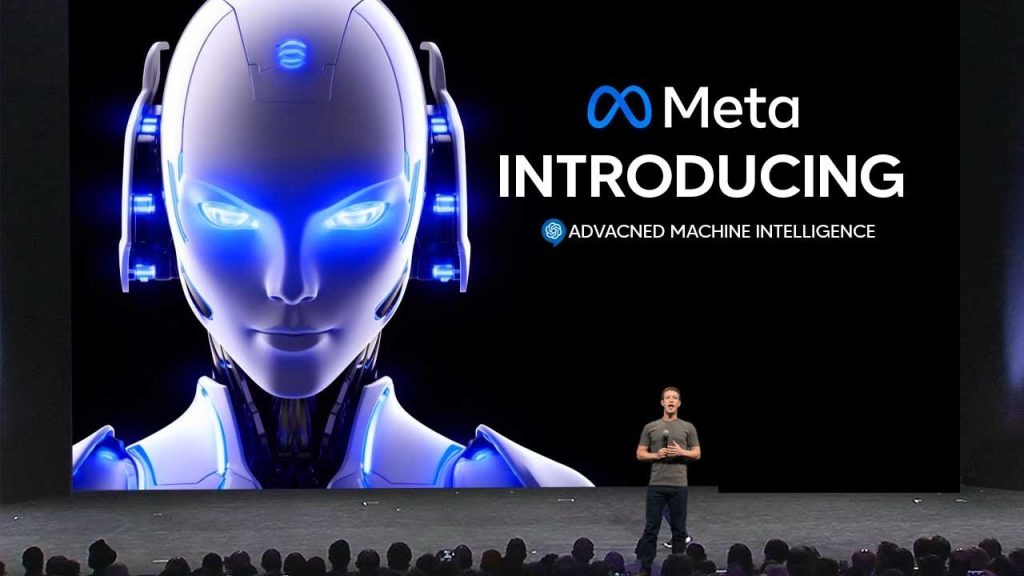Metaâs Leap into Advanced Touch Perception in Robotics

Meta is taking a bold step forward, advancing its goals in the realm of robots with a focus on touch perception. They’re not just experimenting; they’re revolutionizing how robots interact with the physical world.
With groundbreaking initiatives in Advanced Machine Intelligence, Meta aims to make robots more tactilely aware. This step might be the key to enhancing human-robot interactions, bringing significant changes to how robots perform everyday tasks.
Revolutionizing Robotics with SPUR
SPUR is set to change the robotics landscape. This touch representation system works with any tactile sensor, trained on 460,000 tactile images. It’s an innovation that doesn’t just rely on vision but uses touch to understand forces and contacts. That’s a game-changer for tasks requiring human-like precision.
The potential of SPUR lies in its adaptability. By leveraging SPUR, applications can extend beyond typical industrial uses, paving the way for complex operations requiring delicate touch. From gentle caresses to firm grips, SPUR ensures robots respond appropriately, mimicking human touch.
Introducing Digit 360
Digit 360 is like giving robots fingertips sensitive to pressure and texture. It’s a tactile sensor that acts swiftly, whether poked by a needle or pressed by a tennis ball.
What makes Digit 360 stand out is its Reflex-inspired on-device processing. This allows for instant reactions, crucial in tasks where timing is everything. Coupling this with Digit Plexus creates a robust platform for robotic touch integration.
Digit Plexus standardizes how touch sensors connect, ensuring seamless communication and performance. It translates human touch processing technology to robotics, making their tactile capabilities more human-like.
Partnerships and Collaborations
Meta is joining forces with industry leaders Gelite and Wanick Robotics to move these technologies into the market.
Through these partnerships, Meta hopes to accelerate touch sensing innovations. Collaboration opens pathways to new tech advancements, essential for pushing AI and robotics to new heights.
These alliances bring a combined force of expertise and resources. Together, they aim to integrate advanced touch sensing into various robotic systems, benefiting multiple industries simultaneously.
Applications Beyond Robotics
The touch technology developed by Meta isnât just for robots. It promises to connect digital and physical worlds in uncharted ways.
Imagine video games where you can feel textures or online shopping with tactile feedback. These aren’t just fantasies anymore with Meta’s innovations.
Meta’s advancements could also revolutionize prosthetics, giving wearers nuanced touch sensations. This includes understanding pressure, texture, and temperatures.
Simulating Human-Robot Interactions
To prepare robots for the real world, Meta uses Habitat 3.0, a realistic simulator for human-robot collaboration.
In Habitat 3.0, robots train in lifelike settings, learning to assist humans efficiently. This tech ensures robots make informed decisions when navigating and aiding people.
Such simulated environments are crucial for safety and effectiveness, allowing robots to perfect tasks before entering homes.
Beyond the Current Technologies
Meta’s innovations push current technological boundaries, particularly in interactive AI.
These advancements hint at an exciting future of more intuitive, interactive AI capable of realistic human collaboration.
Further insights and developments will certainly support more natural interactions, increasing the capabilities of robots and AI systems substantially.
The journey Meta is on promises to bridge gaps between humans and machines like never before. Exciting prospects lie ahead as these tactile technologies evolve and mature.
Such advancements are not just setting the stage for improved robotics but enhancing life for many, particularly in the realm of prosthetics.







